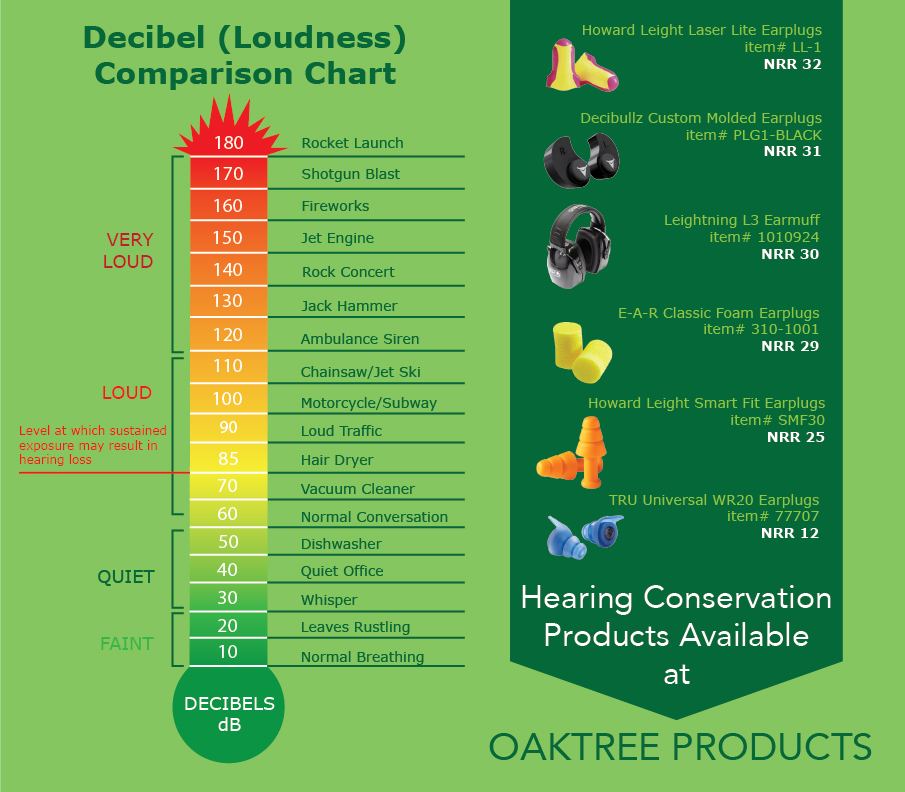

At least, this is my typical day involving work and home, and this is similar for many who work in an office. This is a pretty typical day in the world of sound level exposure. Evening in the house with family has levels that vary around 55 dB and up to 65 dB when my 1-year old starts getting vocal. The day continues similarly to that, followed by the drive home again, at 68 dB. When I get to the office, it measures at 51 dB while I sit at my desk. Sitting inside my car, the drive to work is about 68 dB. The shower runs at about a surprising 76 dB. The recorded course can be viewed here: /ceus/recordedcoursedetails.asp?class_id=11395.My morning starts with the mobile phone alarm at 55 dB waking me up from sleeping in a 50 dB room. This Ask the Expert was created from information presented in the course, Construction Noise: How Bad Is It and What Can Be Done About It? by Rick Neitzel, published on 6/19/08. His research interests include quantitative and subjective exposure assessment in industrial and non-occupational settings, as well as development and evaluation of effective occupational health interventions. He is President-Elect of the National Hearing Conservation Association, having previously served as Director of Communications and Treasurer, and sits on the Noise Committee of the American Industrial Hygiene Association.

He is also a Candidate in the Environmental and Occupational Hygiene PhD program at UW. Rick Neitzel is a Research Scientist in the University of Washington (UW) Department of Environmental and Occupational Health Sciences and a Certified Industrial Hygienist. For example, NIOSH estimates that approximately one in four workers exposed at the 90 dBA OSHA PEL eight hours per day over a 40 year working lifetime will suffer a compensable hearing loss from noise, compared to only about one in twelve workers exposed at the 85 dBA NIOSH REL.Ĭlick Here to View Larger Version of Graph (PDF) However, the NIOSH standard is the more health-protective limit of the two. Hearing conservationists may be surprised to learn that neither the OSHA nor NIOSH limit is designed to protect every worker from suffering any NIHL. For example, OSHA permits an exposure to 105 dBA for one hour per day, while NIOSH recommends that such an exposure last less than 5 minutes. In addition to using a lower exposure limit than OSHA, the NIOSH standard uses a more protective 3 dB exchange rate that results in shorter allowable exposures at high noise levels than those of the OSHA regulation. The NIOSH recommended allowable time for 85 dBA is 8 hrs per day. As you can see, OSHA permits a worker to be exposed to 85 dBA for an allowable time of 16 hours per day. The graph below compares these two limits. The NIOSH and OSHA limits are the two commonly used in the United States. The US Occupational Safety and Health Administration (OSHA) exposure limit is regulatory - this is law and must be complied with. It is designed to represent best scientific practice. The NIOSH standard is consistent with the exposure guidelines used by most scientific and regulatory bodies internationally, but NIOSH is not a regulatory agency and thus the standard is not mandated by law. This standard specifies an 85 dBA Recommended Exposure Limit (REL), and makes specific recommendations on the key elements of an effective hearing conservation program. The US National Institute for Occupational Safety and Health (NIOSH) has a recommended standard for all industries (Centers for Disease Control and Prevention/NIOSH publication 98-126). OSHA permissible noise exposure limit? Answer Question What is the difference between the NIOSH recommended noise exposure limit v.


 0 kommentar(er)
0 kommentar(er)
